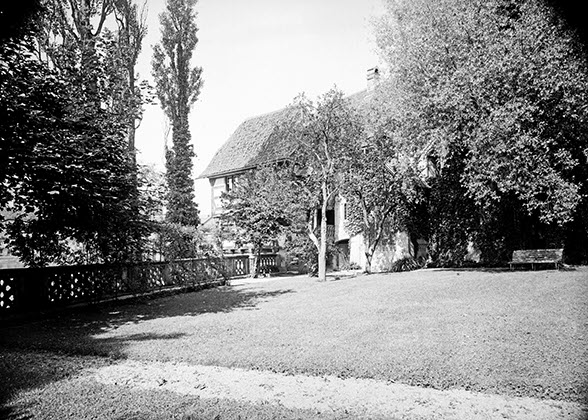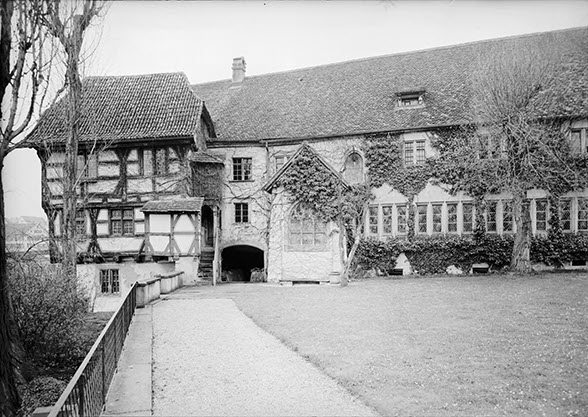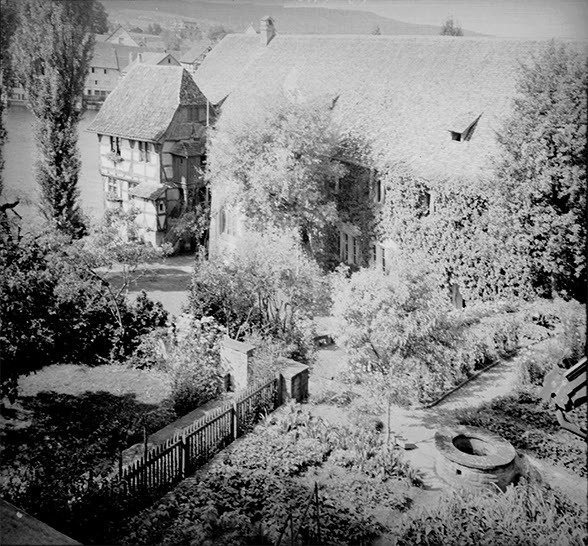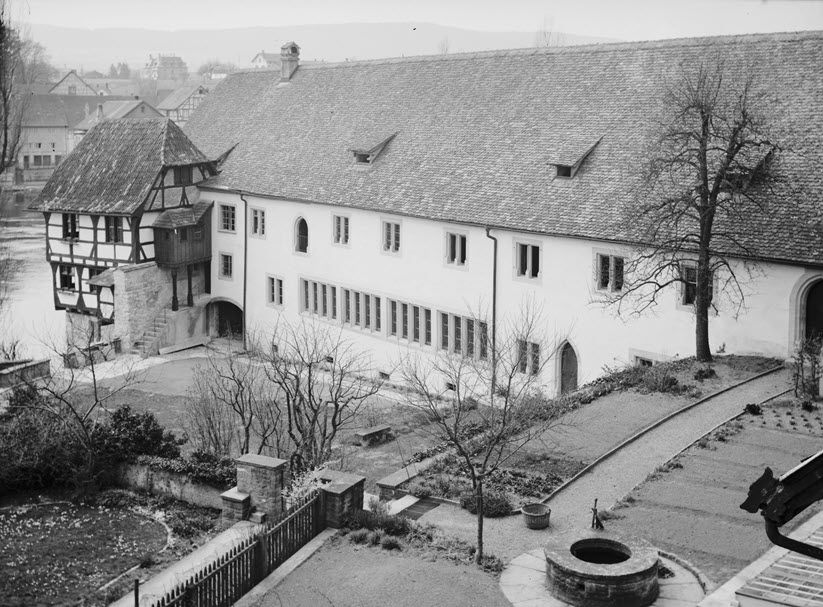Gustav Ammann and the Modern English Garden
The book "The English Flower Garden" was published in 1883. It was written by the English garden designer William Robinson (1835-1939). In his book, the author showed new possibilities of garden design and at the same time explained which forms of design he considered wrong. Thanks to Robinson's clear stance, his book had great success with young gardeners and architects.
For Robinson, a garden should be a small wilderness. He rejected everything that seemed artificial to him. In his gardens there were no geometrically laid out paths, no water features, statues or foreign plants. He preferred native plants that propagated themselves. Roses and clematis were among his favourite plants. He also liked to plant daffodils, tulips and lilies. In other words, flowers that overwinter in a bulb and bloom again the next year. He did not cut the plants into shape and he did not put them in beds. He distributed them in natural-looking groups. Trees and shrubs were to form free-growing groves, flowers were to grow directly from the lawn. Gustav Ammann followed Robinson's ideas with great success.





